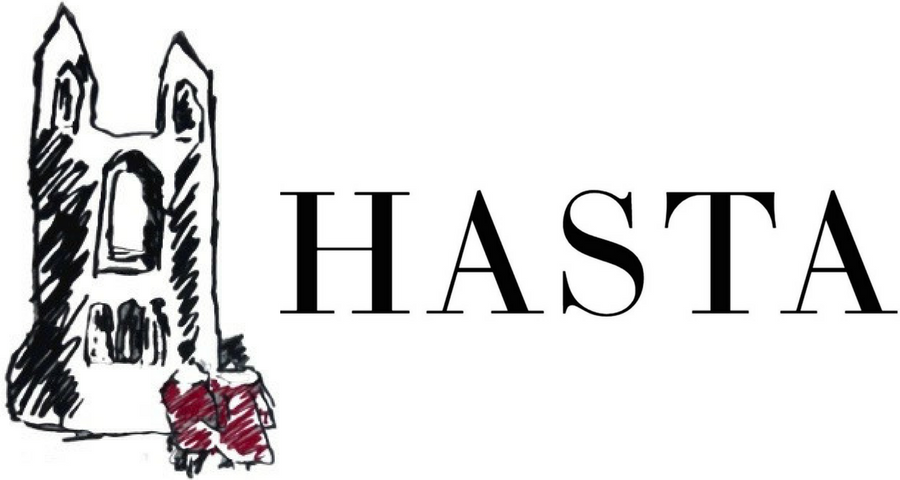Roland Penrose (1900-1984)
By Audrey O’Rafferty
Roland Penrose, Untitled, 1937, collage, gouache, and pencil on card, 79 x 54.50cm, National Galleries of Scotland.
Image courtesy of Roland Penrose Estate.
Artists not only create artworks, but often facilitate a network of artists to inspire, support, and promote one another to prominence, and Sir Roland Penrose is a prime example. Born in London on 14 October 1900, Penrose spent most of his life promoting the Cubists and Surrealists during the early twentieth century. After moving to Paris in 1922, Penrose was inducted into the Surrealist community through his first wife Valentine Boué, a Surrealist poet, whom he married in 1925. Here, he mingled with poets André Breton and Paul Éluard, the founders of Surrealism, and prominent painters like Salvador Dalí and Joan Miró. In France, Penrose also met Pablo Picasso, with whom he cultivated a life-long friendship.
Penrose had a great personal collection of Cubist and Surrealist artworks, having been a well-known collector who supported his friends both socially and financially. For example, he purchased many of Picasso’s paintings from Breton and Éluard when their respective finances were tight. Aside from his personal collection, Penrose spent much of his career working with museums and galleries to acquire Cubist and Surrealist artworks. At this time, Surrealism was still largely unknown in Britain which prompted Penrose to organise the first International Surrealist Exhibition; this fostered the birth of the English Surrealist movement. Through his founding of the Institute of Contemporary Arts, Penrose also curated several exhibitions focused on Picasso and Cubism, and in his later years, curated for the Tate to ensure the acquisition of many Cubist pieces in public collections. He also wrote numerous biographies on figures like Miró, Picasso, and Man Ray, highlighting the lives, styles, and work of artists he admired.
As for Penrose’s own artistic endeavours, he was majorly inspired by the artistic circles around him. For instance, many of his postcard collages, like Untitled (1937), pictured above, were inspired by the Cubism of Picasso and Georges Braque. The deconstruction of the woman and her skirt, which is made of further postcards, exemplifies Penrose’s Cubist and Surrealist influences.
Although he was not a household name for his own art, Sir Roland Penrose’s life and work demonstrates the importance of non-artistic work to artistic movements. Through his contributions to collecting, curation, and writing, Penrose ensured the works of avant-garde artists were displayed in major museums, galleries, and archives, and in doing so contributed to the long-term success of Surrealism and Cubism in the United Kingdom and elsewhere.
Bibliography
Boate, Rachel. “Sir Roland Penrose.” The Modern Art Index Project. Leonard A. Lauder Research Center for Modern Art, The Metropolitan Museum of Art. https://www.metmuseum.org/research-centers/leonard-a-lauder-research-center/research-resources/modern-art-index-project/penrose.
Guggenheim Venice. “Roland Penrose.” Peggy Guggenheim Collection. https://www.guggenheim-venice.it/en/art/artists/roland-penrose/.
Lee Miller Archives. “Roland Penrose.” https://www.leemiller.co.uk/artists/roland-penrose/.

